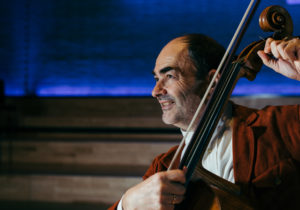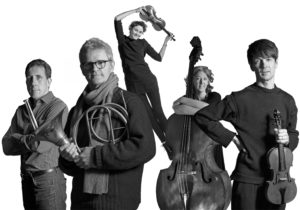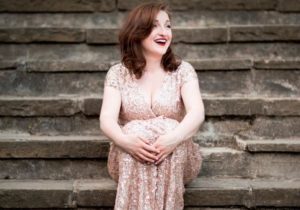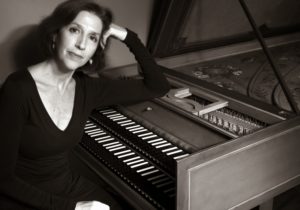Flight to Independence
Feature
Christophe Coin
Music for solo cello begins in the 17th century with the Bologna School of Domenico Gabrielli. These are the first works that take the cello further than the bass-line of the harmony, and give it melody. Then we reach Vivaldi, who understood immediately that the cello was an expressive, lyrical instrument, with a truly singing voice: he may have used only the neck of the cello but his concertos are some of the best ever composed. Next comes Geminiani, who lends the cello his violinistic fire.
Despite the achievements of these composers – and Bach’s supreme works – cellistsdeveloped a complex that the cello was the heavy, gruff brother who could only supply a bass-line, and that the violin was the only true soloist. Sometime in the mid- 18th century came the innovation of using the thumb on the lower fingerboard to create a whole new register: suddenly the cellist had not four but five fingers to play with, and was capable of outshining even a violinist, with great accuracy and speed.
Italians like Sammartini and Frenchmen Barrière, Berteau, Bréval and Duport used the thumb to expand the technique with dazzling results, but at some point such music became focused on the goals of going as fast as possible and as high as possible. Italian emigrants Cervetto and Cirri brought this technique to London, and popularised the instrument among gentleman amateurs, as we can see from family portraits of the time. Towards the end of the 18th century the magnificent Luigi Boccherini flourished at the Spanish court, a composer who exploited technique for truly poetic ends; his concertos and sonatas shine brilliantly, while in his chamber music with two cellos he developed this special timbre of the different instruments, and a rare quality of pianissimo strings, which makes his quintets so beautiful. He provided the model for Schubert’s great Quintet in C.
‘Cellists developed a complex that the cello was the heavy, gruff brother who could only supply a bass-line and that the violin was the only true soloist’
CPE Bach is a special case in that he adapted musical material to many different instruments, so his cello concertos are unusual in not being idiomatic. He’ll often write quite low on the instrument, making it hard to project through the orchestral texture – but it’s so interesting, the interplay of concertante, solo cello and orchestra gives it a unique quality.
By the time we reach Haydn’s admired court cellists Joseph Weigl and Anton Kraft, cello technique had expanded exponentially: the whole fingerboard is exploited, making the music very rich indeed. Haydn’s cello concertos are like nothing that came before, they are so extraordinary and so wonderful. The relationship between Haydn and Joseph Weigl (Concerto No. 1 in C major) and Anton Kraft (Concerto No. 2 in D major), was, like the friendship between Beethoven and Romberg, the best combination of idiomatic knowledge and composing genius – very similar to that between Rostropovich and Prokofiev and Shostakovich.



